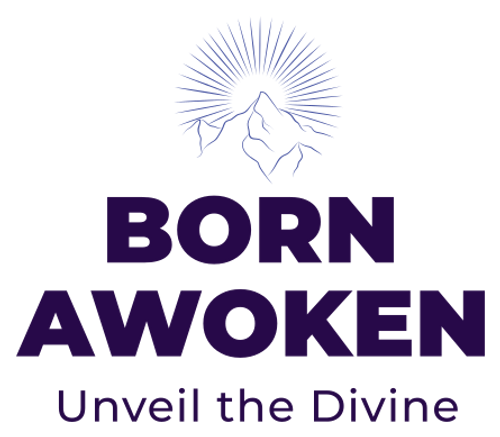All Roads Lead to Africa: Unpacking the Science of Human Origins
- David Wale
- Oct 28
- 2 min read
Updated: Nov 4

For centuries, the question of human origins was a matter of belief, passed down through cultural and religious traditions. Today, however, a powerful narrative—one forged not by scripture, but by fossils, stone tools, and DNA—tells a shared, epic story of where we all come from: Africa.
This scientific consensus is known as the Recent African Origin model, or the "Out of Africa" theory. It is the story of a single, small population of anatomically modern humans (not just 2 people), who began an incredible migration that would eventually populate every corner of the Earth.
The Cradle of Humanity: The Fossil Record
The journey begins not with a single date or garden, but with a vast stretch of time across the African continent.
The foundational evidence for our African origins lies in the rocks themselves. The oldest, most continuous, and most diverse fossil record of hominins—the group that includes modern humans and our immediate ancestors—is found exclusively in Africa. The oldest known fossils of Homo sapiens, dating back to around 300,000 years ago.
Anatomically modern human beings were evolving, adapting, and innovating in Africa for hundreds of thousands of years before they definitively settled anywhere else.
The Unbreakable Chain: Genetic Evidence
While fossils provide the "where" and "when", our very cells reveal the "how" and the "who". Genetic studies have provided the most compelling and detailed support for the "Out of Africa" theory.
Scientists use two key pieces of DNA that function like molecular clocks and indelible family names:
Mitochondrial DNA (mtDNA): Passed down almost exclusively from mother to child. By tracing mutations back through generations, scientists have located a common female ancestor, nicknamed "Mitochondrial Eve," (name given due to bible theory of human creation) who lived in Africa approximately 150,000 to 200,000 years ago. Every person alive today, male or female, traces their maternal line back to her.
Y-Chromosome DNA (Y-DNA): Passed exclusively from father to son. Similar tracking of Y-DNA points to a common male ancestor, "Y-Chromosomal Adam," (same bible theory apply here) who also lived in Africa during a similar time frame.
These genetic markers show that the entire global human population descends from a relatively small African population. The tremendous diversity we see today—in skin color, hair type, and stature—emerged after this small ancestral group began its trek across the world, roughly 70,000 to 50,000 years ago.
Migration: The Shared Human Story
The "Out of Africa" theory tells us that we are all, quite literally, one extended African family.
When our ancestors finally left the continent, they did not find an empty world. They encountered other archaic human groups, like Neanderthals in Europe and Denisovans in Asia, who were descendants of even earlier human species that had left Africa much, much earlier (like Homo erectus). Our ancestors interbred with these groups, which is why a small percentage of Neanderthal and Denisovan DNA is still found in the genomes of most non-Africans today.
The story of human origins is not a fixed, single event—it is a continuous, unfolding process of evolution, migration, and adaptation. Our roots in Africa are a testament to the power of natural selection and a shared history far older and grander than any single cultural myth. It is the single, unifying truth that connects every person on Earth.


Comments